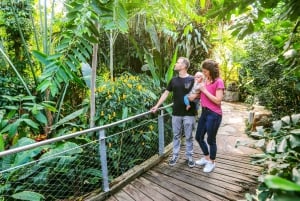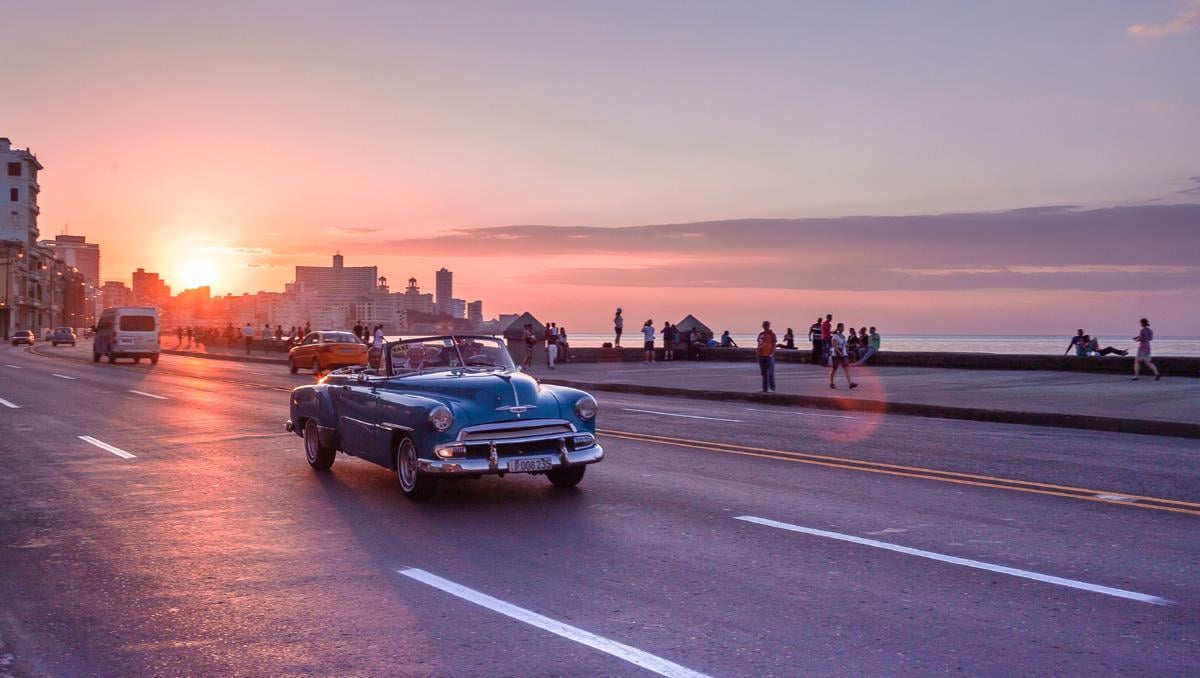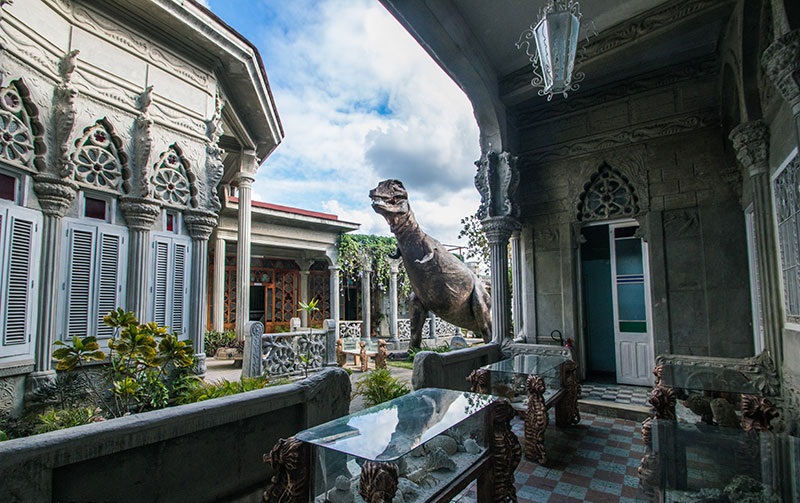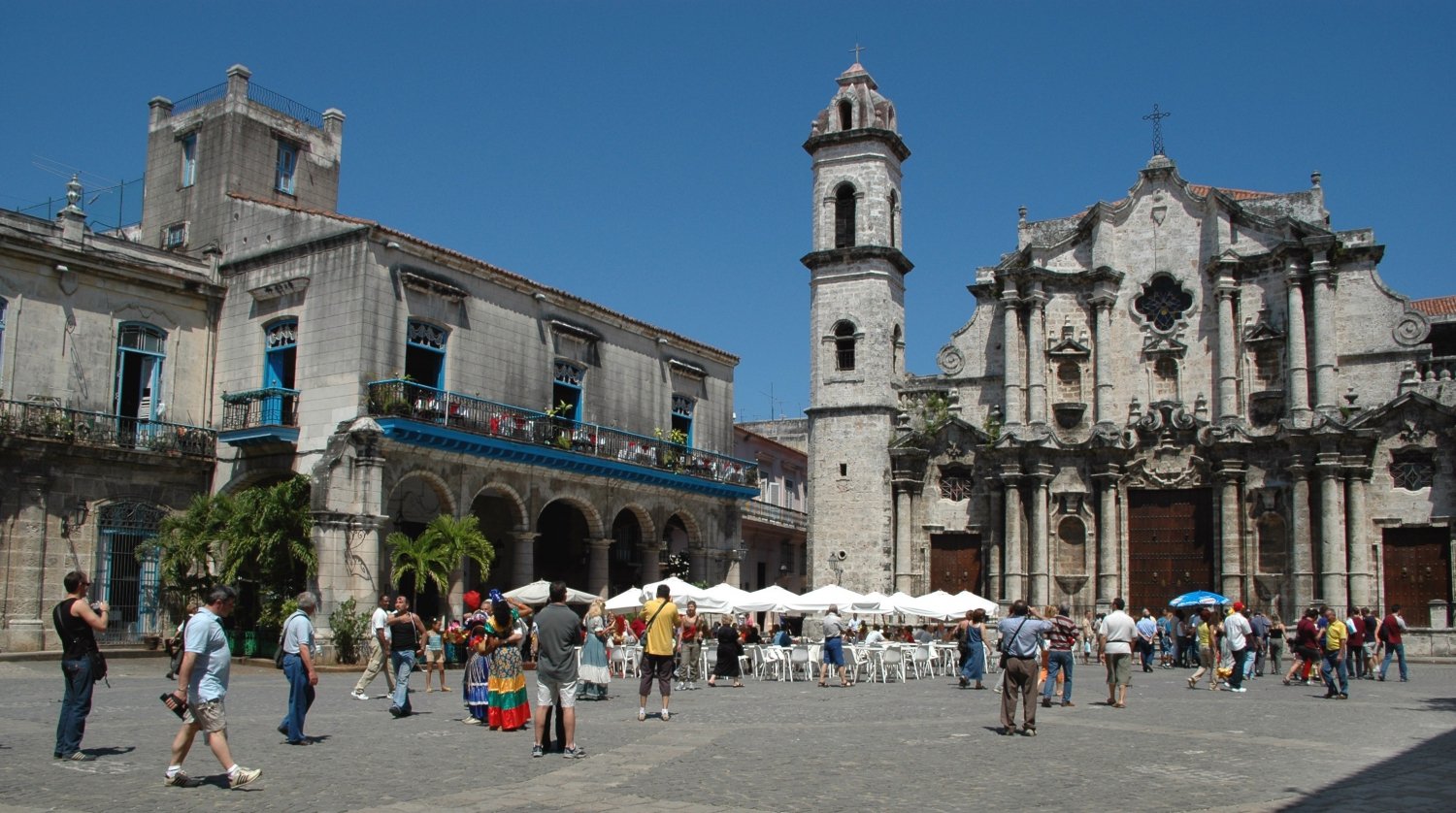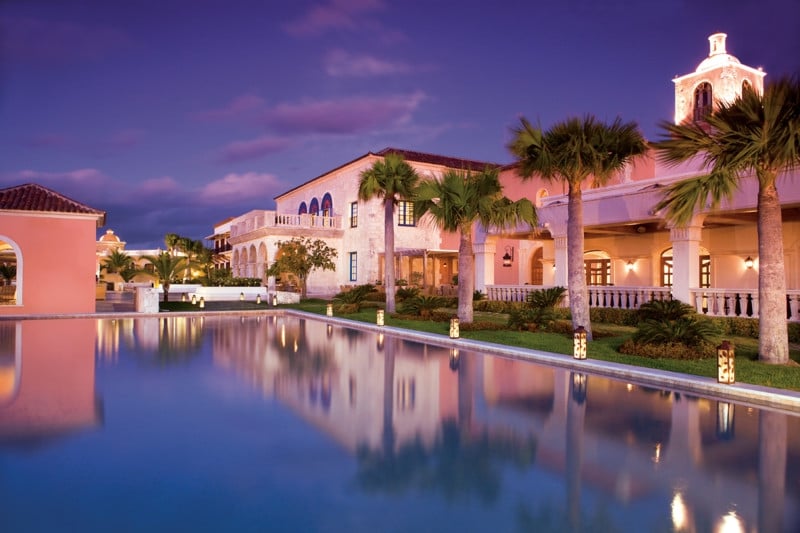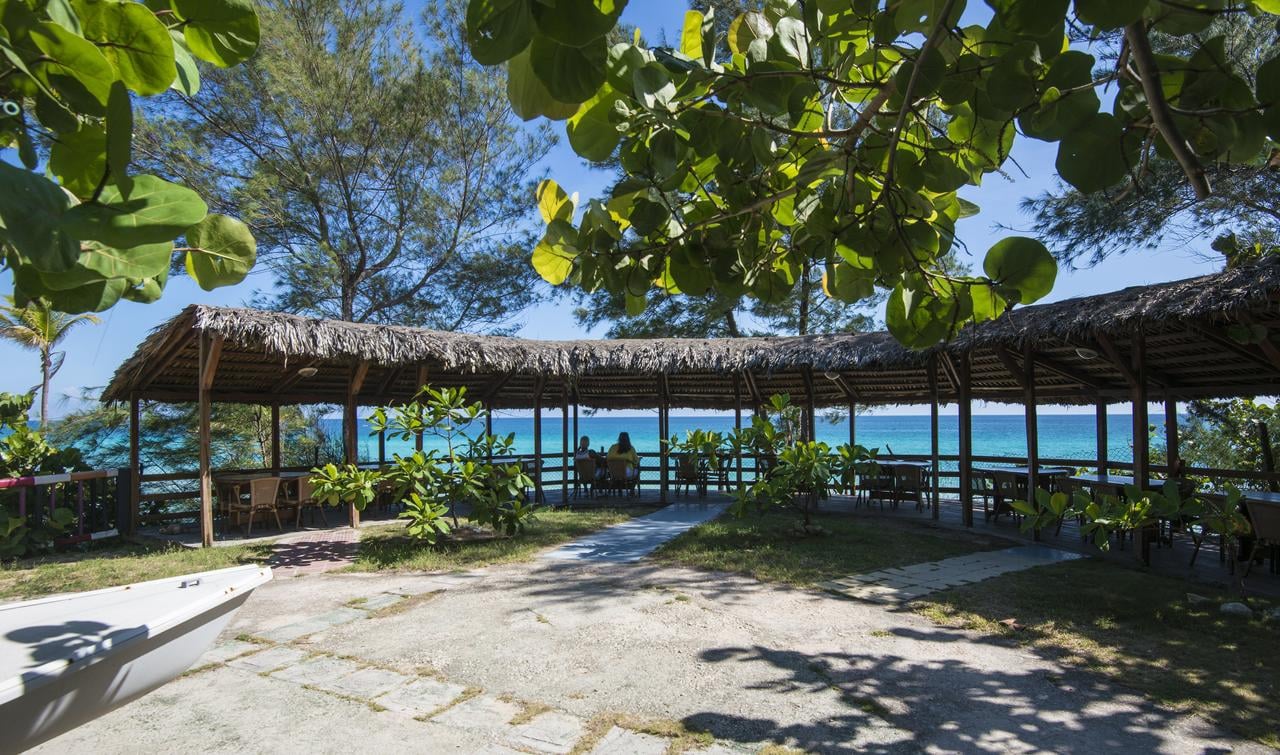Architectural route in the city of portals
Book Top Experiences and Tours in Cuba:
If youʻre booking your trip to Cuba last minute, we have you covered. Below are some of the top tours and experiences!- Secret Food Tours San Francisco
- Punta Cana: Guided Bar Crawl with a Rum Shot and Transfers
- From Puerto Plata Priv: Cocoa, Coffee, Cigars & Local Market
- From Punta Cana: Higüey Guided Safari Tour
- Seville: City Sightseeing Hop-On Hop-Off Bus Tour
Modernism, meanwhile began to radically transform the city skyline with the construction of large individual buildings. Examples of this are the Habana Libre, former Havana Hilton and the Radiocentro building. Recognized architects such as Walter Gropius, Richard Neutra and Oscar Nieymer contributed directly to the construction of the city landscape of the 40s and 50s. An example of modernist monumentalism is the complex of buildings of the Revolution Square, where the National Theater, Building of the Ministry of Interior and the José Martí Memorial, the tallest tower in Cuba with 109 meters.

Habana Libre, Cuba
Venturing into Havana neighborhoods serves to decipher its history through architecture. This may be the ideal excuse to contemplate from another perspective a city that refuses to stagnate but constantly renews itself. Because of their architectural values, from the best known to the least known, these are the most attractive neighborhoods in Havana.
Old Havana
Downtown during the colonial stage. In her the oldest constructions are located (century XVI) of the capital. It developed around the port and the Havana bay. Among its distinctive features are its narrow and shady streets as well as unique squares that make up an irregular plot where we will find the most significant monuments, museums, squares and churches. This irregularity contravened the decrees established by the Laws of the Indies, where order was preferred by means of the regular layout and the octagonality of the streets.
 Old Havana, Cuba
Old Havana, CubaAlthough the housing fund of the old city shows signs of deterioration, it has reached our days without major transformations. This makes a big difference between Havana and the great colonial cities of the American continent. Since 1982 the historic center was declared a UNESCO World Heritage Site and has been the focus of large and thorough restoration works led by the Office of the Historian of Havana.
It is interesting to visit Teniente Rey Street, on whose route you can see some attractive buildings such as Casa de la Parra, the renovated Church and Plaza del Cristo, ending in the popular Old Square surrounded by old mansions. It is also advisable to walk the Boulevard de Obispo that ends in the former political center of the colony: The Plaza de Armas surrounded by the Palace of the General Captains, the Castle of the Royal Force and the Templete. All samples of the most diverse styles from neo-Gothic to neo-classical.
It is imperative to know the defensive cord, built to defend the city making it the best protected on the continent. This dates from between the 16th and 18th centuries. The complex consists of the fortress of San Salvador de la Punta, the castle of Tres Reyes del Morro and the fortress of San Carlos and San Severino de la Cabaña.
Havana center
Densely populated and urbanized, with few green areas, it arose as a result of population growth and the displacement of workers, artisans and employees of businesses developed from the second half of the 19th century. It is characterized by wide avenues, buildings with high props, copiously decorated facades and balconies on narrow sidewalks. In this area the Creole ajiaco is evidenced both in its population with a high degree of miscegenation and in its architecture.
It is common to find a typically neoclassical building like the Aldama Palace, as with another art deco like the América apartment building or the modernist building of the Ministry of Energy and Mines, former Cuban Electricity Company. From the conservative point of view it is quite deficient but it is considered an excellent place to capture the real essence of the common Havana's way of life. There is the Chinatown, with its wide porch, the old cigar factory Partagás, the Central Park and the Parque de la Fraternidad (meeting places of Havanans) and the city's great shopping centers.

Partagas Cigar Factory, Havana, Cuba
Forbidden
It is a neuralgic neighborhood in the life of the city, where most of the banks, ministries, hospitals, cinemas and theaters are. Here we will find great examples of art deco architecture, as well as great buildings such as the National Hotel, the Habana Libre Hotel and the magnificent Focsa. La Rampa is at 23 its main street that leads to the sea.
The rest of the streets are drawn at right angles and are denominated with numbers or letters, of easy orientation. It is the neighborhood where two cardinal cultural centers are located: the Yara cinema, corresponding to the 50's modernist current, and the famous Coppelia ice cream shop. The Revolution Square is also in that area, and has been the scene of the most important historical moments of the revolutionary period. Art deco and modernism are the architectural currents with greater presence in this neighborhood although eclecticism can also be evidenced as is the case of the University of Havana.
Miramar
During the 20s of the last centuries, Cuba experienced an era of economic splendor. This led to the development of new areas and the creation of suburbs among which is Miramar, neighborhood of the great mansions. It responds to the powerful American ascendant on the Island during that time. It became a neighborhood of rich people who intended to hold their social position from their homes. It was established following the American grid pattern, interspersing gardens and parks between buildings.
















